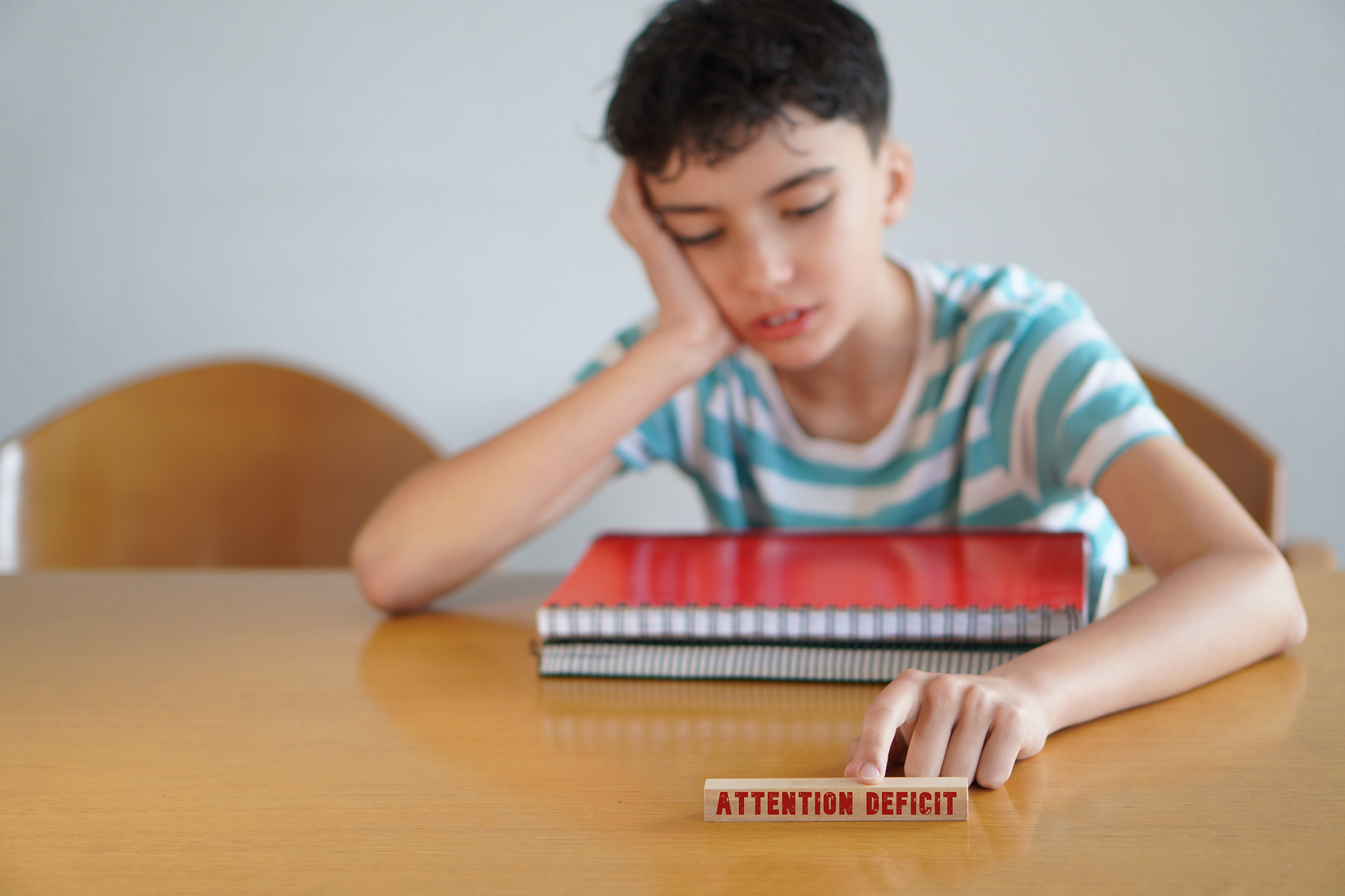ADHD, or attention-deficit/hyperactivity disorder, is fairly prevalent, with just over 11% of children age 3 to 17 in the U.S. having been diagnosed at some point. If you think that your child may have ADHD, your first step should be to consult with your pediatrician, who can make the diagnosis.
What Is ADHD?
ADHD is a mental disorder characterized by a pattern of inattention, hyperactivity, or impulsivity. Some children with ADHD have only one of these, while others have all three. Signs and symptoms include:
• Difficulty paying attention and staying on task
• Easily distracted
• Lack of organization
• Forgetfulness, losing things
• Making careless mistakes, lack of attention to detail
• Fidgeting, squirming
• Talking excessively, interrupting
• Acting impulsively
• Lack of patience
• Excessive energy
• Lack of emotional control
Causes of ADHD
The exact cause of ADHD is unknown, but research has identified several potential causes and risk factors.
• Reduced activity in parts of the brain that control attention and activity levels.
• Heredity is thought to play a role. Often, at least one parent of a child with ADHD also has the disorder. Siblings also often all have ADHD.
• Premature birth increases the risk of ADHD.
• Prenatal exposure to alcohol or nicotine increases the risk of ADHD.
• Serious head injuries can lead to ADHD.
• Environmental toxins, such as lead, can lead to ADHD.
Diagnosing ADHD
No single test can be used to diagnose ADHD. Your pediatrician will likely start by eliminating medical conditions that could be causing your child’s symptoms. They will then have then have you fill out a questionnaire related to an ADHD rating scale, and also ask you to have your child’s school and other caregivers fill out the questionnaire.
Then the diagnosis is made if:
• Your child has symptoms in more than one setting, such as both at home and at school.
• The symptoms are causing a problem, such as poor grades or causing trouble at school.
Some commonly used ADHD rating scales include:
• National Institute for Children’s Health Quality (NICHQ) Vanderbilt Assessment Scale
Conners Comprehensive Behavior Rating Scale (CBRS)
• Child Behavior Checklist (CBCL)
• Swanson, Nolan, and Pelham-IV Questionnaire (SNAP-IV)
• Conners-Wells’ Adolescent Self-Report Scale
Treating ADHD
Treating ADHD involves various types of therapy, and sometimes medication.
Therapy
Several types of therapy may be used to treat ADHD.
• Behavior therapy is actually used for parents and teachers to learn how to guide the child’s behavior using positive reinforcement and time outs.
• Social skills training for the child.
• Psychotherapy may be used for older children to help them understand their behavior and deal with their ADHD symptoms.
Medication
Stimulant medications may be used for older children to balance certain neurotransmitters in the brain. These medications include amphetamines and methylphenidates. However, these medications may come with risks. They can raise blood pressure and heart rate, cause appetite changes that lead to weight loss, and lead to certain other mental health conditions.
Some alternative non-stimulant medications have been approved by the FDA and include:
• Atomoxetine (Strattera).
• Viloxazine (Qelbree).
• Guanfacine (Intuniv).
• Clonidine (Onyda XR).
Helping Your Child at Home
As a parent, you can do several things at home to help your child.
1. Stay positive and calm. A child with ADHD can be challenging, but you have to try to keep a cool head and deal with them in a positive way.
2. Create a structured environment in the home, with a regular schedule. Also, keep your home organized, and help your child to stay organized.
3. Encourage physical activity. Children with ADHD have extra energy, so try to channel that energy into sports or other physical activities.
4. Help your child keep a regular sleep schedule. They may have difficulty falling asleep, so try limiting digital time before bed and having a quiet bedtime routine. They may also benefit from some kind of white noise in their bedroom, such as the sound of a fan.
5. Create structured rules and consequences and write them down. It should be clear what behaviors will be rewarded, and what will have negative consequences. They also need to know what the rewards and consequences will be. Be sure to look for opportunities to praise your child’s good behavior.
6. Keep them on a healthy, regular, eating schedule. Have set times for meals, serve fresh foods, and limit junk food, particularly sugar.
7. Encourage and teach social interactions. You want your child to have friends, but you may have to teach them social skills.
In Closing
ADHD is common and can be diagnosed by a pediatrician. At Health Service Alliance, our pediatrician can evaluate your child, make a diagnosis, and manage your child’s care with support and treatment from our trusted mental health professionals. We are dedicated to providing compassionate, personalized, and accessible care regardless of your ability to pay. Reach out today to learn more.




